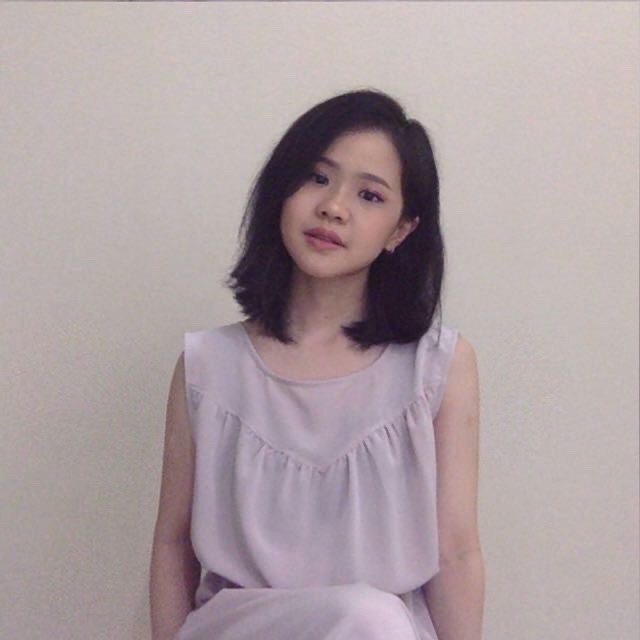Fashion and Technology
Fashion and technology have embarked on a thrilling journey, intertwining innovation and creativity in an ever-evolving landscape. From the runway to the retail space, technology has become an indispensable tool, revolutionizing the way we design, produce, and experience fashion. The fusion of fashion and technology has birthed a plethora of groundbreaking advancements. One of the most notable is the emergence of wearable technology. Smartwatches, fitness trackers, and even garments embedded with sensors have seamlessly integrated functionality into fashion. These creations not only cater to our aesthetic preferences but also enhance our daily lives by providing valuable data and connectivity. Moreover, 3D printing has transcended its industrial origins and made a remarkable impact on fashion. Designers now leverage this technology to craft intricate, customized pieces with unparalleled precision. It’s redefining the production process, offering sustainability by minimizing waste and allowing for on-demand manufacturing.
The retail sphere has also witnessed a remarkable transformation through augmented reality (AR) and virtual reality (VR). AR-powered applications enable customers to virtually try on clothes, envisioning how a garment might look before making a purchase. VR, on the other hand, offers immersive experiences, transporting users to fashion shows or behind the scenes of the design process. Artificial intelligence (AI) has found its niche in fashion as well. AI algorithms analyze vast amounts of data, predicting trends and consumer preferences with remarkable accuracy. This insight aids designers and retailers in creating collections that resonate with their audience, reducing guesswork and optimizing inventory management.
Sustainability has become a paramount concern in the fashion industry, and technology is playing a pivotal role in addressing this challenge. Innovations in fabric technology are paving the way for eco-friendly materials derived from recycled fibers, organic sources, or even lab-grown fabrics. Additionally, blockchain technology is being used to trace the entire lifecycle of a garment, ensuring transparency and authenticity in the supply chain.
The marriage of fashion and technology continues to push boundaries, offering limitless possibilities for creative expression, efficiency, and sustainability. As these two realms converge, they not only shape the aesthetics of what we wear but also redefine the very essence of fashion, making it more accessible, inclusive, and responsive to our evolving needs. The future of fashion technology holds the promise of even more awe-inspiring innovations, transforming the industry in ways we’ve yet to imagine.


